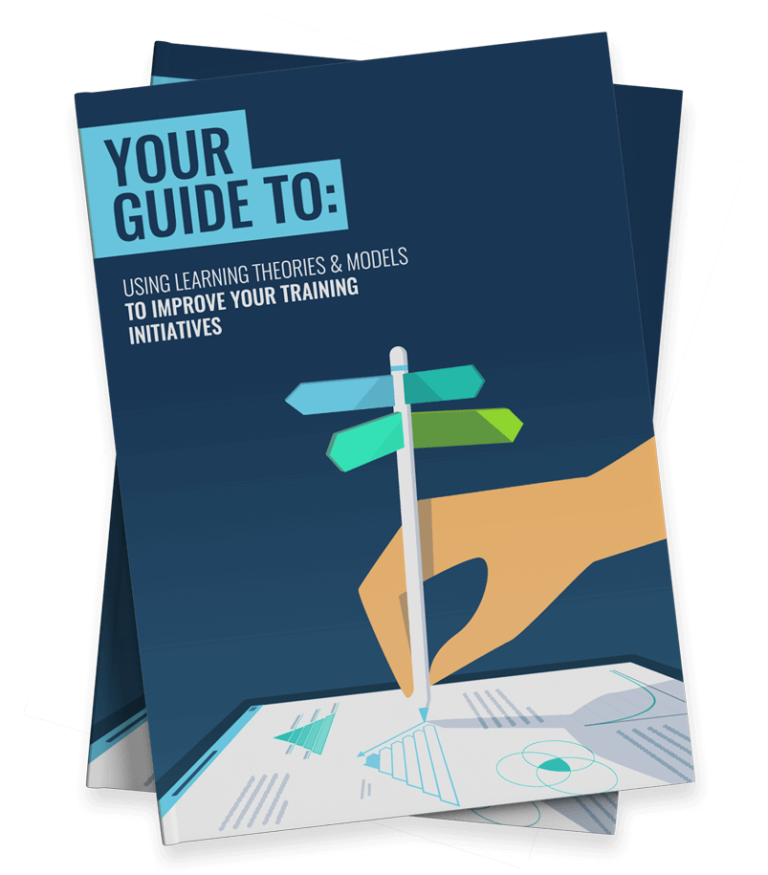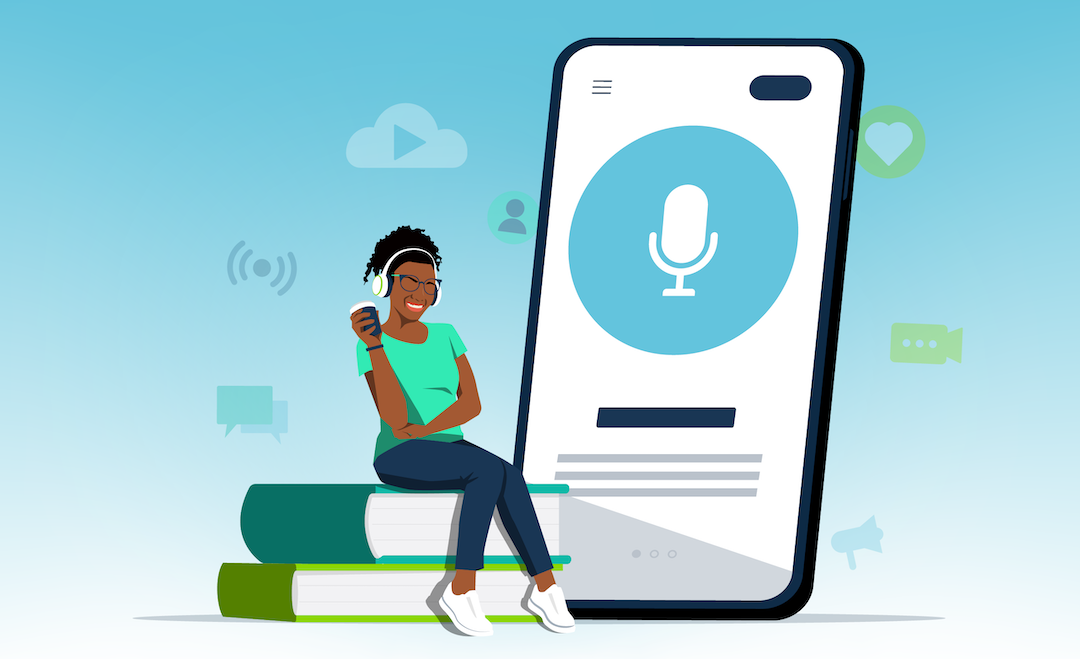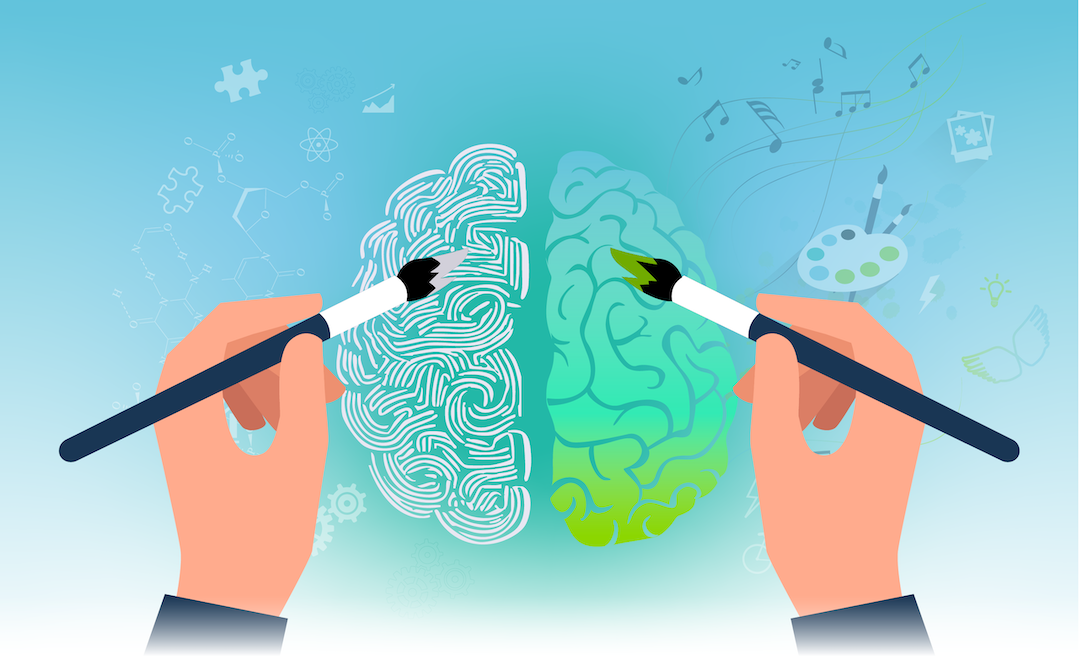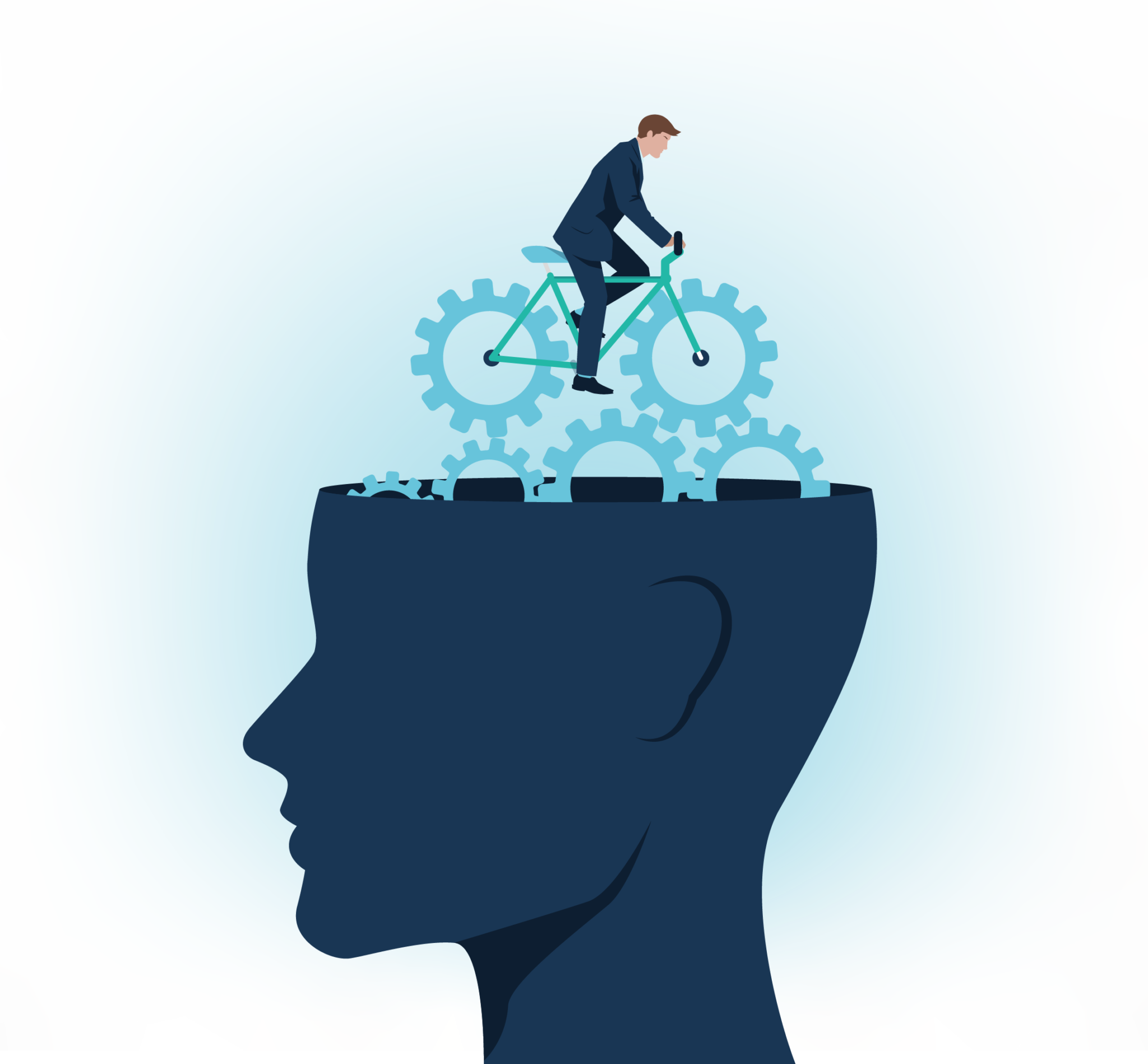 We live in an information society. Information is now treated as a commodity. After all, we use, create, distribute, manipulate and integrate information in all aspects of our lives.
We live in an information society. Information is now treated as a commodity. After all, we use, create, distribute, manipulate and integrate information in all aspects of our lives.
This makes it essential to understand how we process and consume information. And that’s where information processing theory comes in! This cognitive theory explores how humans record, store and retrieve information.
But there is a lot more to it than that! As such, in this article, we explore the theory, its various models, limitations and its influence on modern learning.
Are you ready? Let’s go!
Information Processing Theory
Information processing theory explains how humans encode memories by exploring how we capture, store and retrieve information.
The theory describes how the brain captures and filters information from what we are paying attention to, what gets stored in our short-term memory and what gets moved into our long-term memory. As such, it’s an important theory for learning practitioners to understand.
Information processing theory is based on the idea that we don’t merely respond to external stimuli, but we also process the information we receive. As such, it suggests that creating long-term memories happens in stages.
In simple terms, we first perceive and take in information through our sensory memory. We then use short-term memory to actively manipulate information or long-term memory to hold information passively to use it in the future.
Origins
Information processing theory is a relatively new addition to research. American psychologist George A. Miller is often regarded as its father, but the theory has come a long way since his original assumptions back in 1956.
During the first half of the twentieth century, behaviourism dominated psychology. However, as behaviourists focused on directly observable behaviours, the inner workings of the mind seemed like an unknowable ‘black box’.
When computers entered our lives around the 1950s, psychologists, including Miller, started using them as a metaphor to explain the functions of the human mind. It helped them to understand the different processes the brain engages in.
After all, attention and perception could be compared to inputting information into a computer. Likewise, memory could be compared to a computer’s storage space.
More specifically, the computer’s central processing unit (CPU) is used to represent our short-term memory, while the hard drive symbolises our long-term memory.
Key Elements of Information Processing Theory
Information processing theory includes various models, some that we will explore later in this article. While these models vary, they are mostly composed of three main elements:
- Information stores: The different places in the mind where we store information.
- Cognitive processes: The various processes that transfer memory among the different memory stores.
- Executive cognition: The awareness of the individual of the way information is processed within them.
In addition, the theory is based on a number of assumptions. These include:
- Our environment sends us information that we process with a series of processing systems.
- These processing systems transform and alter the information in systematic ways.
- The aim is to specify the processes that underlie our cognitive performance.
- Information processing in humans resembles data processing in computers.
Information Processing Theory Models
Various psychologists have attempted to develop models of information processing. As a result, the theory has evolved significantly throughout the years.
The two most popular models are Atkinson and Shiffrin’s Multi-Store Model and Baddeley and Hitch’s Working Memory Model.
Atkinson and Shiffrin Multi-Store Model of Memory
John Atkinson and Richard Shiffrin created the multi-store model of memory in 1968. The model has been modified by other researchers since publication, but the basic outline is still the cornerstone of information processing theory.
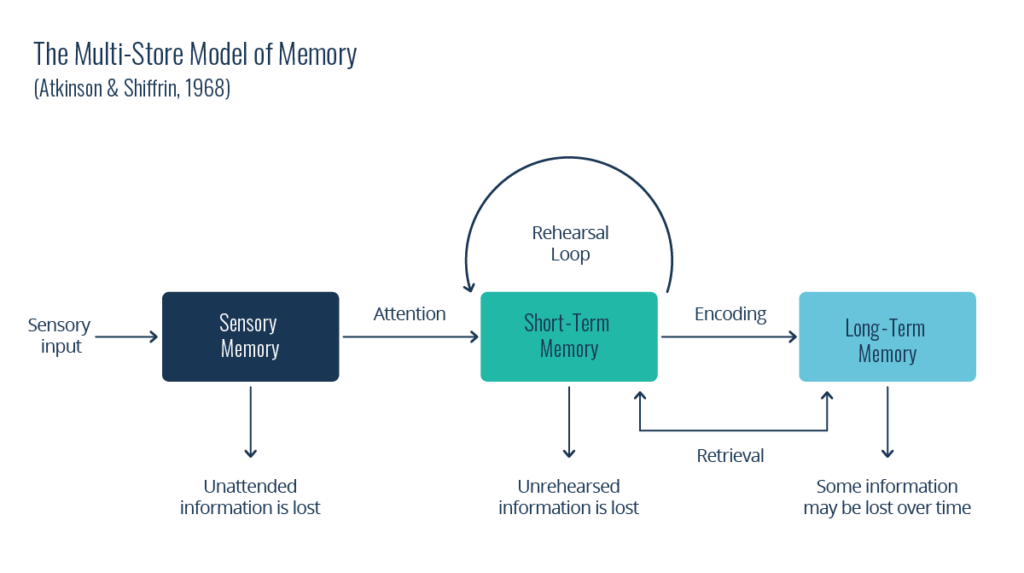
Their model illustrates their view of human memory by showing how the three subsections of human memory work together. It presents a sequence of three memory stages:
1. Sensory Memory
Sensory memory holds a variety of information, including visual, olfactory and auditory information, that our minds perceive through various senses. It is exceedingly brief and only lasts up to half a second.
Our sense organs receive stimuli all the time. Most of these get ignored or forgotten by the mind to prevent us from getting overwhelmed. After all, we cannot attend to every piece of information in the environment.
Our sensory memory filters out what it deems irrelevant. But when sensory information engages and gets the attention of the mind, it gets transferred to our short-term memory.
It only sends what seems important to the next stage. As a result, the information that’s most likely to reach our short-term memory is often either interesting or familiar to us on a personal level.
2. Short-Term Memory
Our short-term memory, also known as working memory, stores information that only lasts up to 30 seconds.
Our short-term memory has a limited capacity. As a result, it can only process a certain number of pieces of information at a time. The model suggests that the number of pieces is limited between five to nine (7 +/-2), but this number has not been agreed on.
Our cognitive load capacity is affected by our cognitive abilities, the amount of information being processed and our ability to focus and pay attention. Similarly, it varies from person to person and even from moment to moment.
For instance, information that is already familiar to us typically requires less cognitive capacity and is, therefore, easier to process. We also pay more attention to information we believe is important. This is our brain’s way of ensuring this information gets processed like it should.
3. Long-Term Memory
Our long-term memory stores information to be retrieved at a later date. Unlike short-term memory, long-term memory has a much bigger capacity. In fact, the multi-store model of memory suggests that it is limitless.
We encode and organise several types of information in our long-term memory. These include declarative information, like facts, concepts, ideas or personal experiences. It also includes procedural information, which is information about how to do something, and imagery, which are mental pictures.
We can use various methods to ensure we store memories effectively. These include, for instance, repetition, connecting information, relating it to meaningful experiences or breaking it up into smaller chunks.
Baddeley and Hitch Working Memory Model
Alan Baddeley and Graham Hitch created the model of working memory in 1974. It, too, provides an in-depth understanding of the mind and how we process information.
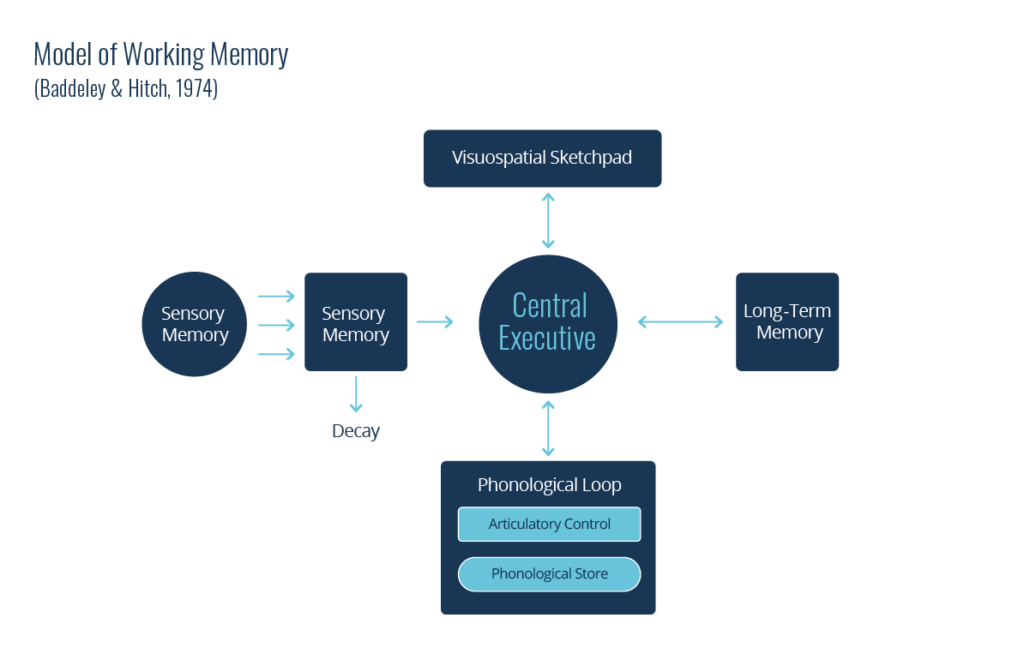
Baddeley and Hitch created their model as they thought Atkinson and Shiffrin’s multi-store model of memory was too simple. As such, their model attempts to present a more accurate model of short-term memory by splitting it into multiple components.
The original model included three parts, called the central executive, the phonological loop and the visuospatial sketchpad. Baddeley re-defined the model and added a fourth component in 2000. This component is called the episodic buffer.
Let’s have a look at each component!
1. Central Executive
The central executive, located in the frontal lobe of the brain, acts as a supervisory system of the mind. As such, it’s where we process all our active decisions.
It regulates information processes between various memory stores and controls our cognitive processes that encode and retrieve information. In fact, it directs our focus and targets information so that our short- and long-term memory work together.
Similarly, it controls the flow of information to and from the phonological loop, visuospatial sketchpad and episodic buffer.
It’s clear that the central executive is the most important component of the model, yet there is relatively little knowledge about how it functions. The research details a lot more about the three subsystems it controls.
2. Phonological Loop
The phonological loop works closely with the central executive. This component holds our auditory information and deals with spoken and written material.
It is composed of two sub-components:
- The phonological store, also called the inner ear, holds information in a speech-based format. For instance, it holds short-form auditory information, like spoken words we hear for 1-2 seconds.
- The articulatory control store, also called the inner voice, stores information for longer periods of time through rehearsal. It processes speech production and rehearses and stores verbal information from the phonological system. As a result, it enables us to repeat verbal information in a loop.
3. Visuospatial Sketchpad
As the name suggests, the visuospatial sketchpad holds our spatial and visual information for manipulation. It helps our minds imagine objects and navigate through the environment.
The visuospatial sketchpad can work simultaneously with the phonological loop to process both auditory and visual stimuli at the same time. This does not affect the efficiency of either storage.
Similarly, just like the phonological loop, our visuospatial sketchpad only functions as a short-term storage centre.
4. Episodic Buffer
The fourth, later addition, is an episodic buffer that also holds information. According to Baddeley, the episodic buffer transfers information between short-term memory, our perception and long-term memory.
It is dedicated to linking information across the components to form integrated units of visual, spatial and verbal information with time sequencing. As such, the episodic buffer links together every piece of information from all other elements of working memory.
Limitations
Most learning theories have limitations, and information processing theory is not an exception. Let’s have a look!
1. The analogy between computers and the human brain is limited.
Information processing theory typically compares the human mind to a computer as both can solve problems by connecting new information with old, stored information. Similarly, both computers and the human mind have a central processing unit.
However, while computers are developing day by day, the capacity of human memory is inordinately better than a computer’s. As a result, human minds can accommodate processes that computers simply cannot.
In addition, this analogy fails to consider how emotional and motivational factors affect a human’s cognition.
2. Information processing theory assumes serial processing.
Existing models of information processing theory assume that one process needs to be completed before we can begin another process. This is another reason for the popular computer analogy.
But as most of us have experienced, the human mind is capable of parallel processing. This means simultaneous processing of various inputs. In other words, we can digest multiple pieces of information at once.
Typically, our ability for parallel processing depends on the ability of the individual. After all, a weathered typist can both read and write on the keyboard simultaneously, while a novice typist would focus on a letter or a word at a time.
Encoding Information into Long-Term Memory with Online Learning
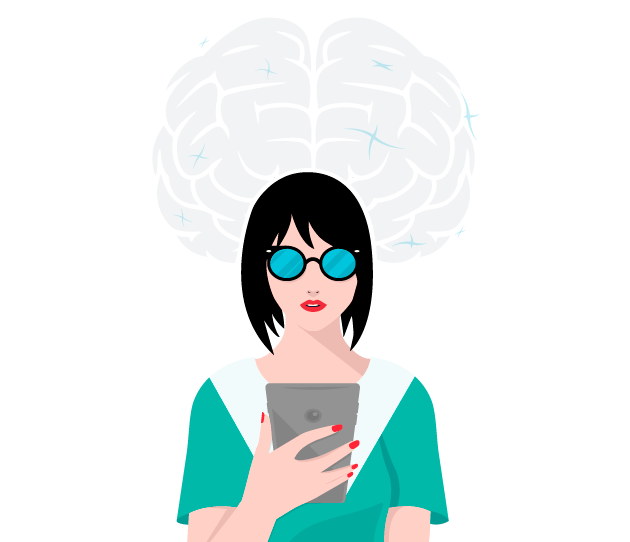
Effective learning demands that your learners encode information into their long-term memory. After all, we filter out pieces of information at each stage of processing. As such, you need to ensure that your audience understands the topic in-depth.
Let’s have a look at different ways you can use your online learning platform to encode information into long-term memory.
1. Ensure Spaced Repetition
The best way to ensure new information enters our long-term memory is also a simple one. Phew! So, what’s the secret to in-depth learning? Repetition, repetition, repetition! See what we did there?
If you teach a concept once, it will be stored in the short-term memory and promptly forgotten. As such, to ensure you encode information effectively, you need to present it more than once.
Whenever we learn something new, our brains create a new neural pathway. Every time we revisit this information, the pathway becomes stronger and easier to recall. As such, reinforcement ensures your learners can develop long-term memories in the hippocampus.
In a nutshell, that’s the science behind the statement ‘practice makes perfect’. Luckily, online learning is an excellent way to ensure spaced repetition throughout your training programme. After all, it provides every opportunity to repeat information over measured intervals.
Spaced learning has its roots in the Forgetting Curve, a model created by Hermann Ebbinghaus. It argues that we lose a whopping 90% of the information we learn within a month without repetition.
Our brains need time to internalise information. As such, the only way to ensure we encode this information into the long-term memory is to repeat and retrieve it over time.
Your online learning platform allows you to expose learners to new information using short sessions and then reinforce that information throughout the rest of your training programme.
2. Break Information Into Small Chunks
There is only so much information we can take on board at once. As such, you need to optimise your training programme and break content into smaller, more manageable learning units.
That’s where microlearning comes in! Microlearning splits your training content into small, focused bursts of learning that take between two to five minutes to complete.

As a result, you can provide your learners with plenty of breaks and opportunities to process new information. And what’s even better, learning in small chunks can make knowledge transfer 17% more efficient!
Similarly, as we explored, we create new neural pathways in the brain when we learn something new. Microlearning makes it easier than ever to digest and revisit content over and over, which helps us form stronger neural pathways.
Simultaneously, you can overcome the previously discussed (and greatly feared) Forgetting Curve. The condensed nature of microlearning makes it a breeze to revisit units. As a result, your learners are likely to do this more frequently.
3. Make Information Meaningful
Your learners are more likely to retain information that is meaningful to them. As such, whatever information your training programme delivers, make sure it’s both interesting and relevant.
You can do so by tailoring your learning initiatives and pushing and pulling specific training content. That way your learners only explore the information they need to know instead of going through all training units regardless of their unique learning needs.
Similarly, personalising your online learning platform ensures it feels like home to your learners. For example, the perfect white label learning management system reflects your company’s brand at a first glance.
Customised learning and personalised tools make your learning initiatives as relevant and meaningful as possible. This, in turn, helps new information reach the right areas of the brain to be stored effectively for future use.
In addition, you should associate new information with real-life scenarios and personal experiences. This makes it easier to retain and retrieve information.
As such, role-play exercises, like scenario-based learning, can make the difference between information entering your learner’s long-term memory or them forgetting it as soon as the training session is finished.
4. Layer and Organise Your Content
Connecting the dots helps you to optimise the chances of learning material being retained in long-term memory. And the best way to connect these dots is by layering your training content.
Connecting your previous and upcoming training content to what your learners are currently learning about will help them to build upon their existing knowledge. Similarly, your learners will always have sufficient background information.
This is essential as it is easier to enter information into long-term memory when the topic is familiar to us. It helps our brains understand how the new concept fits with other concepts we have already processed. In addition, well-organised, layered information is easier to store and retrieve.
But how can you layer your training content if your training programme contains hundreds of sessions and various pieces of training material?
On top of providing an overview of the training programme and pointing out relationships between concepts, you can utilise customised learning pathways.
By constructing a route through your training programme, you can provide a roadmap that guides learners on how they should progress. This ensures they follow the optimal learning structure — one that builds upon their existing knowledge.
5. Use Different Contexts and Content Formats
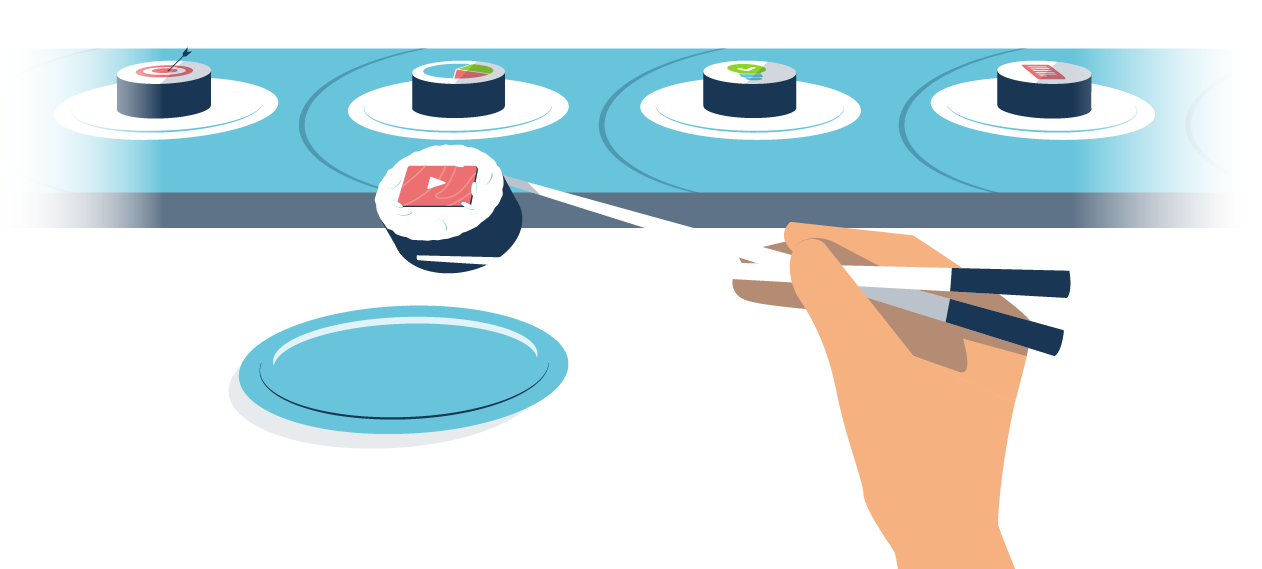
We now know that repetition is the key to effective learning. But wouldn’t it be boring to read the same slide or PDF document over and over?
As such, you should focus on creating long-term memories by using a variety of stimuli. This ensures that you are appealing to the strengths of your different audiences, which increases the likelihood of them retaining the information.
In a learning environment, you can engage your learners by using different styles and contexts that help you to appeal to different senses. For instance, giving an oral presentation engages their ears while presenting an infographic appeals to their visual senses.
As such, your training content should repeat key information in different ways, including verbal, written, visual and tactile, throughout your training initiative. This makes the content more interesting to consume and helps you to provide different contexts and real-world examples.
Final Words
There you have it: information processing theory in all its glory!
The human brain is more complex than any other known structure in the universe. As a result, it’s not surprising that encoding environmental input into our long-term memory can be a complex process.
Luckily, there is a lot that can be done to ensure effective learning! Success lies in spaced repetition and easily digestible information. Luckier still, you can easily cater for both of these approaches with an online learning platform.

